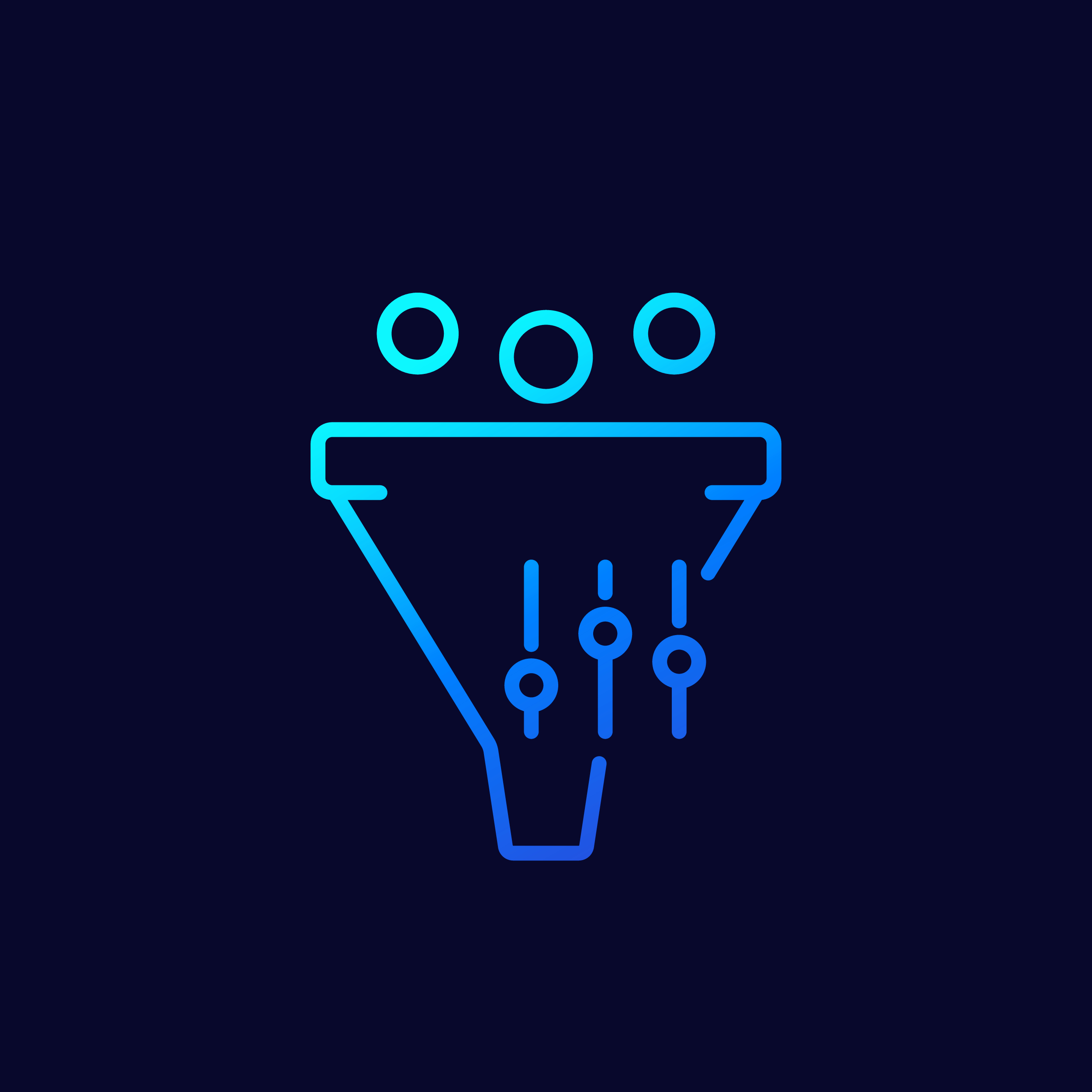“Sales is like courtship. If you don’t show genuine interest in knowing whoever you’re courting, they’ll definitely seek attention elsewhere.” unknown
Ever heard of this quote? Probably not, because we just made it up. That notwithstanding, it elaborates a fundamental truth in marketing—clients don’t just purchase products; they instead stake their money in investments where they feel noticed, understood, and appreciated.
In this guide, we’ll take you through the importance of sales pipelines in understanding prospects and enhancing their customer journeys. We’ll also outline common pipeline challenges and offer practical solutions
What is a sales pipeline?

Salesforce defines the sales pipeline as a “visual representation of where each prospect is in the sales process.” Simply put, this tool highlights key milestones in your customers journey, all the way from when you first approach them to when you convert them to actual customers.
A typical sales pipelines has six main stages:
- Lead generation – Identifying potential customers and recording their contact details
- Lead qualification – Separating the qualified (likely to buy) from the unqualified (unlikely to buy) leads
- Initial outreach – Informing prospects about your company’s products and services
- Product proposal – Inviting the prospects to purchase your products
- Sales closing – Helping the leads in completing purchases
- Customer retention – Making follow-ups for client reviews, offering after-sales advice, and giving further recommendations on complementary products
Sales Pipeline Challenges
According to recent studies by Ruler Analytics, the average conversion rate across all industries is barely 3.3%. In other words,when you approach 100 potential clients, only 3 are likely to grow enough interest in your products to make a purchase.
Why is this so? Well, below are a few issues that could affect your sales pipelines and reduce your conversation rates.
Poor pipeline visibility
Relying on poor quality data or inadequate reporting tools can hinder you from retrieving valuable insights on your leads, causing poor pipeline visibility. The less you know about your prospects, the lower your chances of understanding their pain points and what they require to move down your sales funnels.
The solution is implementing a reliable customer relationship management (CRM) system and standardizing your data collection and reporting protocols.
Pipeline optimization
Just because specific strategies worked in your previous campaign doesn’t mean they’ll always deliver the same results. The market evolves and buyers’ preferences change. Unless you optimize your pipeline accordingly, you’ll find yourself stuck with archaic processes that yield bloated pipelines with dismal conversions.
Pipeline stagnation
Are your sales pipelines always full but yield dismal sales? If so, you’re having a stagnation issue. In most cases, this challenge occurs due to a high level of unqualified leads or poor product proposals.
Pipeline imbalance
An imbalanced pipeline is one in which specific stages are overcrowded with leads while others have almost none. The issue often arises from poor lead qualification or selective follow-ups.
To prevent it, treat each section of your pipelines as an essential piece of the puzzle. Do not focus too much on more responsive prospects as you ignore the rest. Think ahead.
By the time you’re converting your current qualified leads, you should have generated others or convinced the less responsive prospects to move down the funnel.
Pipeline leakage
This issue is very common in marketing campaigns without elaborate follow-up plans. Without consistent communication, you’ll lose prospects either immediately after conversion or even before they trickle down the funnel.
The chances are that your competitors are bombarding the same leads with targeted campaigns about products similar to yours, and so should you.
Best practices to manage your sales pipeline

Next, let’s look at a few tips for optimizing your sales pipelines:
Closely monitor sales metrics
Numbers don’t lie. If the sales metrics are below your expectations, you definitely need to review your strategies. Most CRMs allow admins to derive real-time insights on specific stages of the pipeline.
Have a standardized sales process
Before any campaign goes live, clearly define its deliverables, strategies, and KPIs. Standardization eliminates chaos and ensures easy monitoring of sales initiatives. It also offers one source of truth when measuring the campaign’s effectiveness.
Constantly review and improve upon the sales process
Occasionally review your processes to identify what works or doesn’t. You can even ask the customers what they’d love you to improve on. Be flexible for change — do not stick to old processes just because they were successful a few months ago.
Drop dead leads
Segment prospects based on their responsiveness. Do not beat yourself up if some of them ignore your messages. Their lack of communication means they’re not interested in your proposal. The best thing is to drop them and focus your energy where you have the potential to close sales.
Keep your sales cycle short
The faster prospects can move down the sales funnel, the better. Make your product descriptions simple and elaborate to eliminate a lot of back and forth. Also, streamline your buying processes to make it easy for customers to select and pay for their purchases.
Conclusion
Coca-cola invests about 20% of its budget in sales and marketing, and so do most successful companies. They understand that sales is the most essential aspect of all business processes. At the end of the day, you’re not creating superior products for yourself—your final aim is to sell them.
One crucial aspect of sales is the pipeline. The better you manage it, the more you’ll understand your target market, and the better you’ll spend your sales budgets!
